Audi’s new Digital Matrix LED headlights will revolutionise safety, greatly reduce fatigue and stress in driving at night and even be able to communicate with other drivers, according to the car maker.
However, a number of Audi's more radical ideas - such as OLED tail-light clusters displaying warning symbols and the headlights projecting a variety of warning symbols onto the road surface - are held up by complex homologation laws across the globe.
The most striking of the various new light technologies revealed at a technical presentation last week at the company’s Ingolstadt headquarters is already an option on the new Audi A8.
Costing around €1800 (£1520) in Germany, the Digital Matrix Headlights (DMH) are based around a new Digital Micro Mirror device that houses 1.3 million micro-mirrors. These mirrors measure just a tenth of the width of a human hair and can be rapidly switched into two distinct positions.
Inside the headlight, the light from an LED unit is bounced off the micro-mirror array and then sent through a projector lens. Because the resulting beam pattern is effectively made up of 1.3 million individual points of light, the result is closer to the projection of an image than a simple beam of light.
The upshot is that the DMH headlights can switch between very different beam patterns depending on the road conditions. Indeed, the micro-mirrors can be reangled as many a 5000 times per second, allowing the beam pattern to be minutely adjusted at blistering speed.
On motorways, for example, the beam pattern can be concentrated centrally, exactly illuminating the lane in which the car is travelling.

On unlit country roads, the beam is much more flexible, illuminating the road ahead as well as gently bathing the verge and roadside trees in a seamless wall of light. And thanks to the very fine ‘grain’ of the headlights, the high beam can be shaped precisely around an approaching vehicle, preventing the driver from being dazzled.


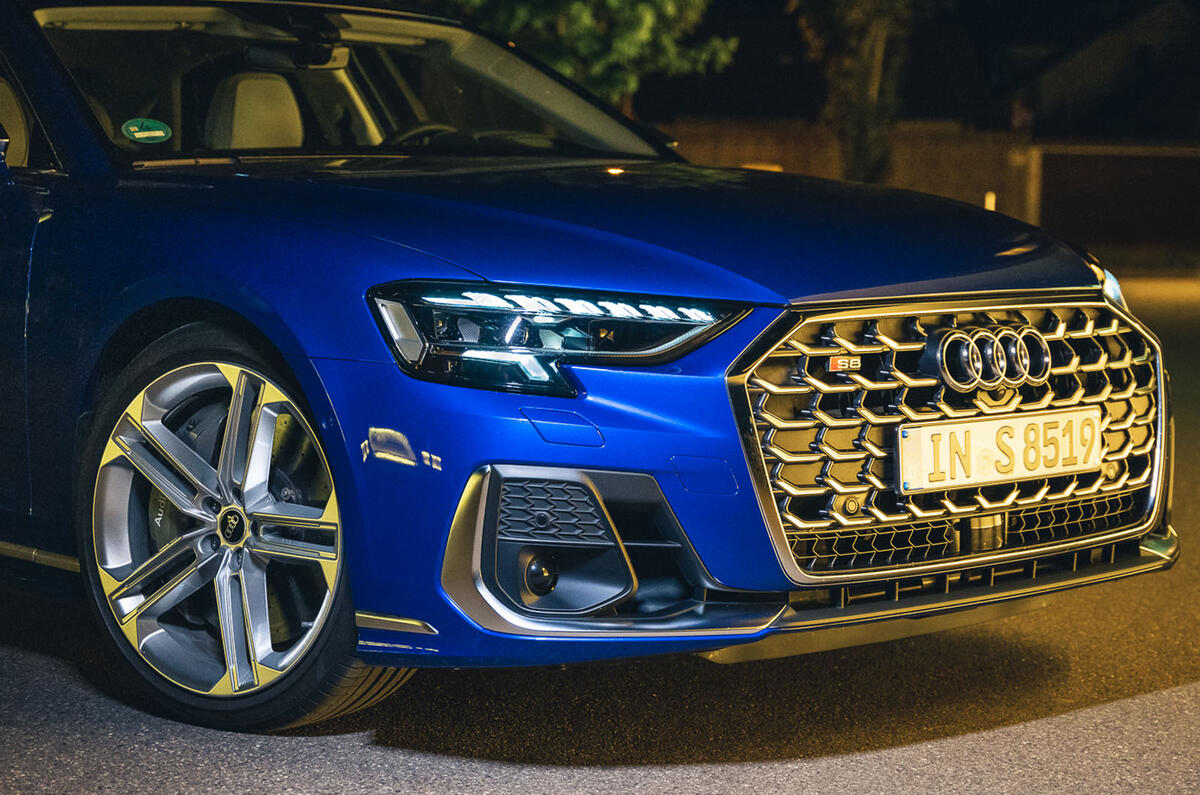
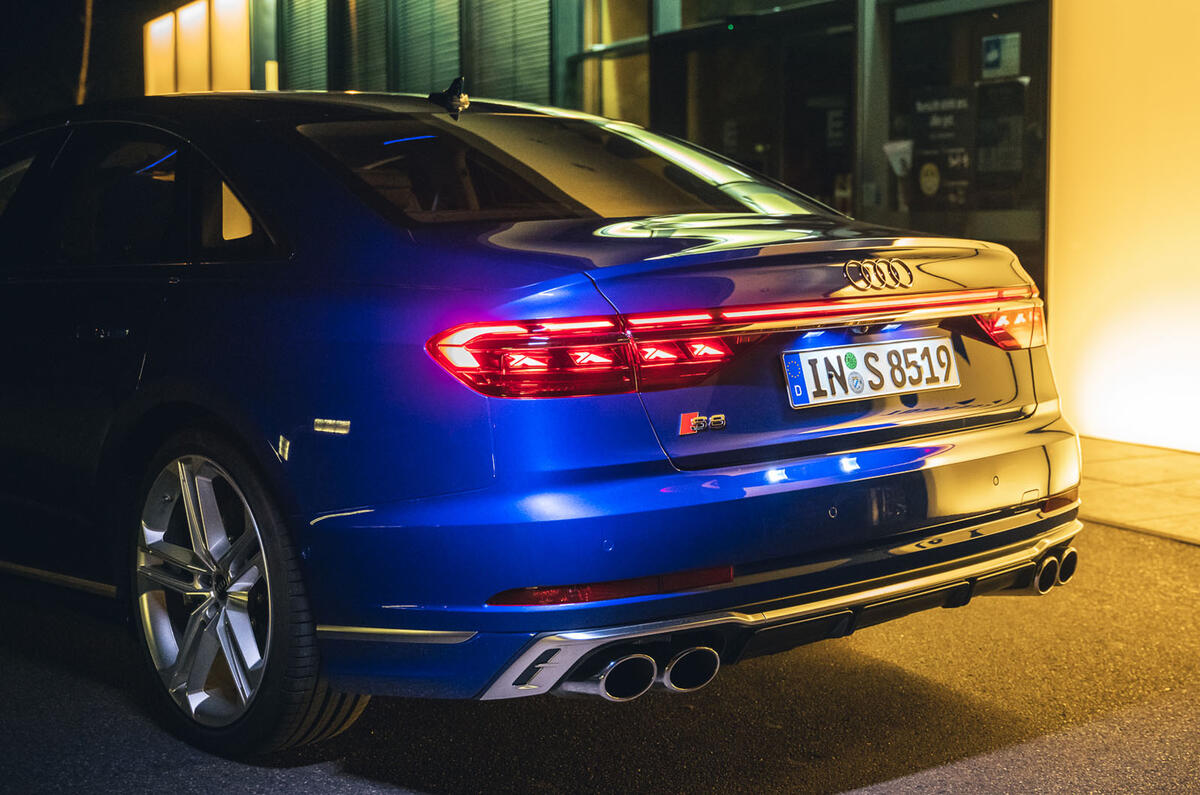
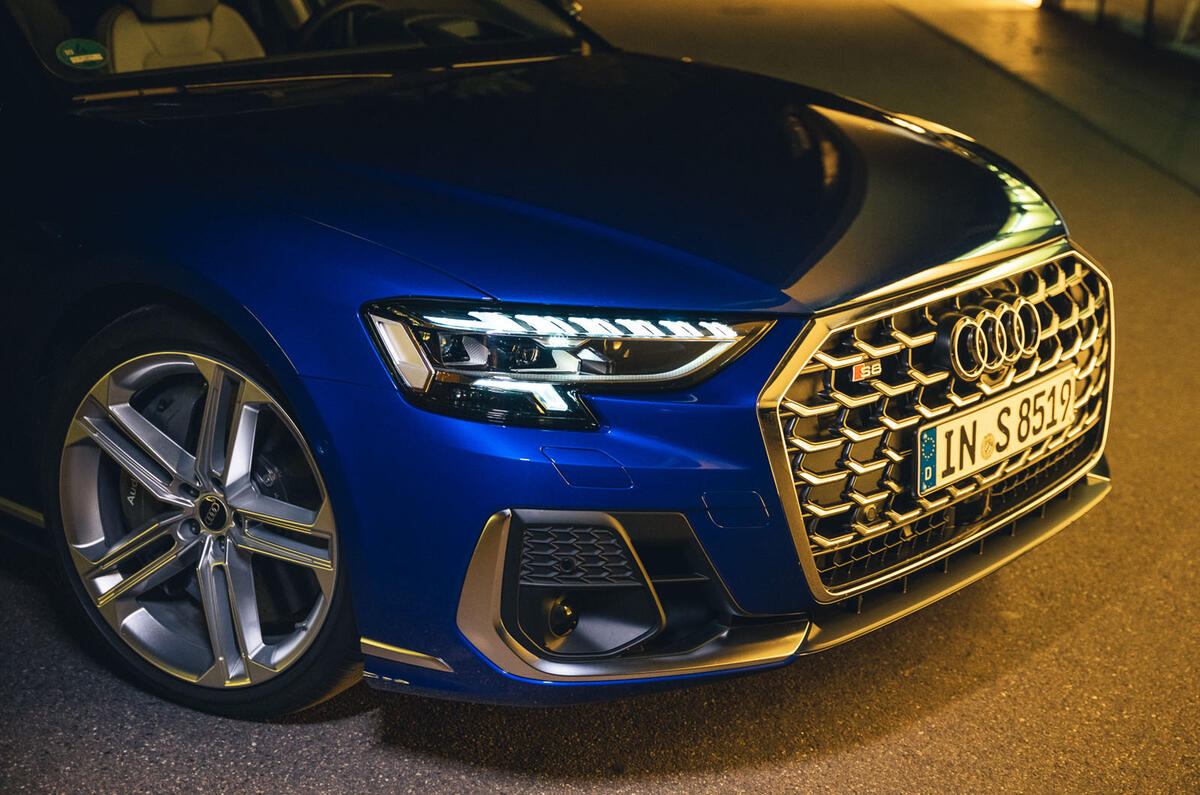
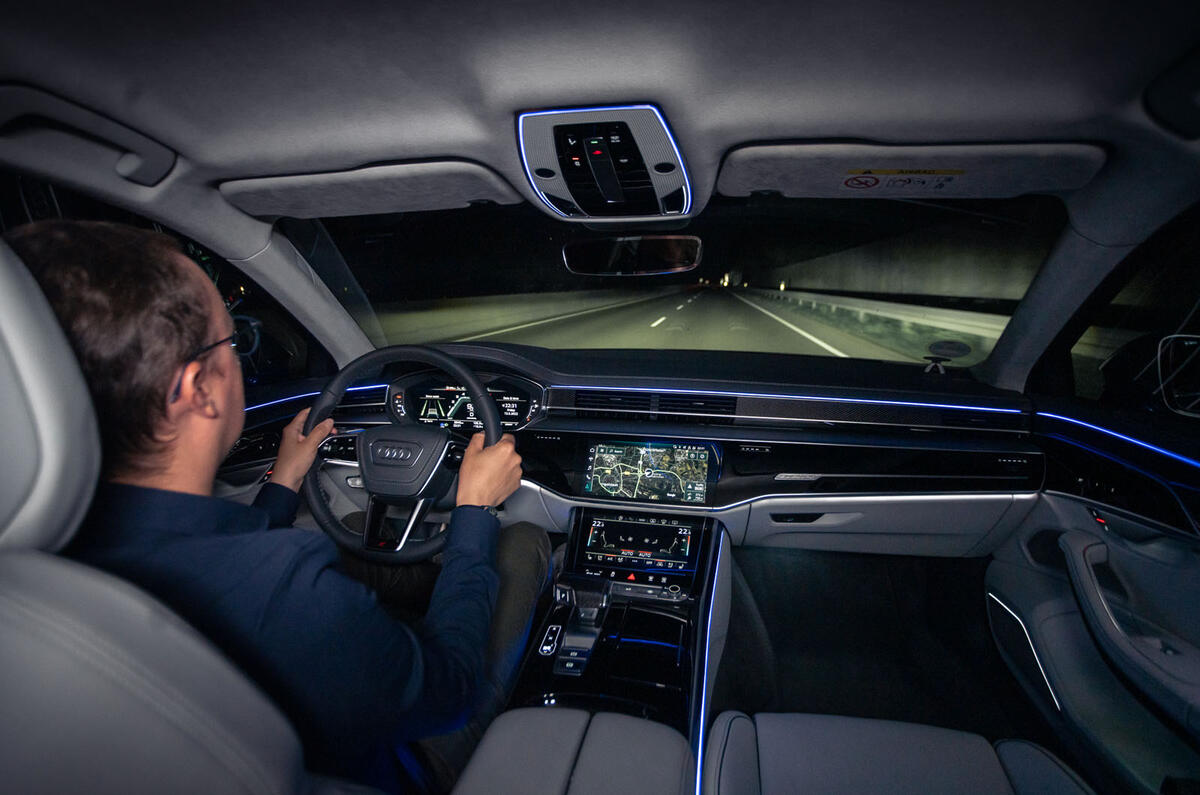
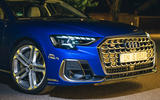






Join the debate
Add your comment
Interesting sub text would be for autocar to phone up a dealer and ask for a price of a new headlight, £2,000 plus for one would be my guess + fitting etc.
DMD mirrors are used in most video projectors now. They can also project videos onto the road to keep the driver entertained.
Alternatively it can be linked to the sat nat to point towards the turning.